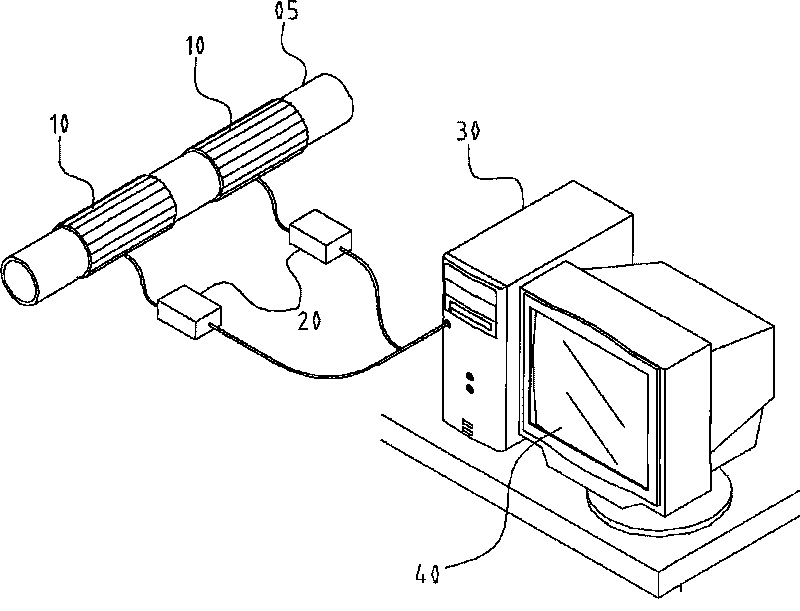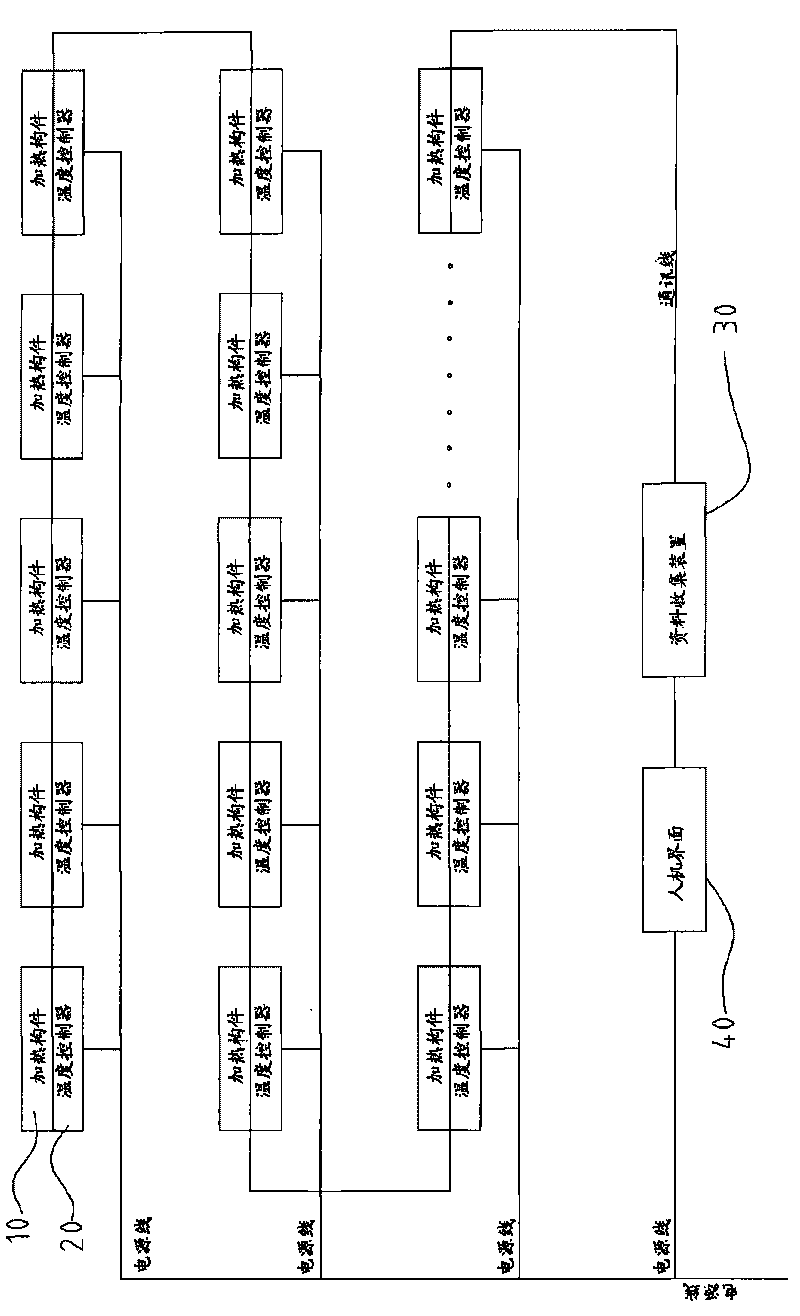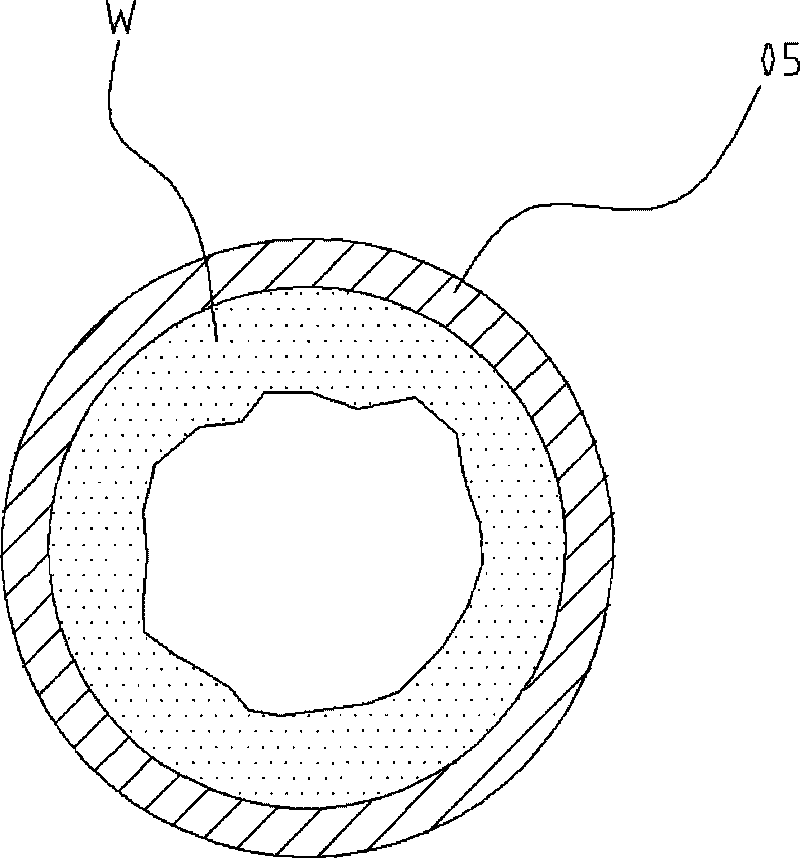Detecting and early warning method of pipeline clogging
A technology for pipelines and tubes, which is applied in pipeline systems, mechanical equipment, gas/liquid distribution and storage, etc. It can solve the problems of repair cost, influence on system equipment operation, criticism, etc.
- Summary
- Abstract
- Description
- Claims
- Application Information
AI Technical Summary
Problems solved by technology
Method used
Image
Examples
Embodiment Construction
[0021] Embodiments of the present invention will be described in detail below in conjunction with the accompanying drawings.
[0022] like figure 1 and figure 2 As shown, preferred embodiments of the pipeline blockage detection and early warning method of the present invention are shown, but these embodiments are for illustration purposes only, and are not limited by this structure in patent application.
[0023] The pipeline clogging detection and early warning method provided by the present invention is used to detect the clogging state of the existing pipeline 05, so as to achieve an early warning function. The pipeline clogging detection and early warning method includes the following components in terms of its physical system :
[0024] At least one heating member 10 is assembled at a predetermined position of the pipeline 05 to be detected, so as to heat the pipeline 05. The heating member 10 can use a heating belt, so that the heating belt is wrapped on the pipeline ...
PUM
 Login to View More
Login to View More Abstract
Description
Claims
Application Information
 Login to View More
Login to View More - R&D
- Intellectual Property
- Life Sciences
- Materials
- Tech Scout
- Unparalleled Data Quality
- Higher Quality Content
- 60% Fewer Hallucinations
Browse by: Latest US Patents, China's latest patents, Technical Efficacy Thesaurus, Application Domain, Technology Topic, Popular Technical Reports.
© 2025 PatSnap. All rights reserved.Legal|Privacy policy|Modern Slavery Act Transparency Statement|Sitemap|About US| Contact US: help@patsnap.com



